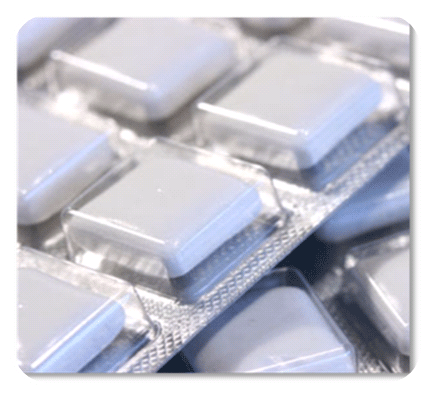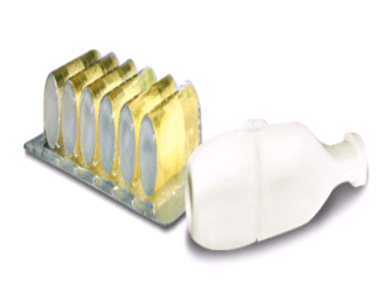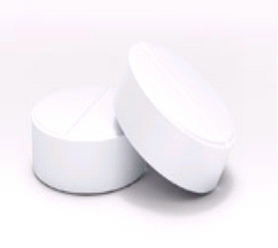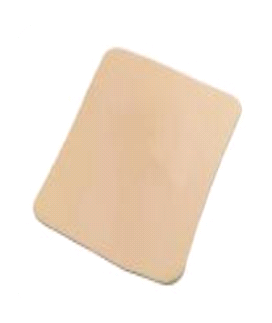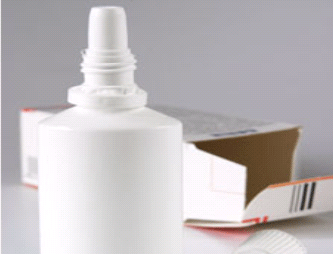Introduction
Smoking is the leading cause of preventable morbidity and mortality in the world. Tobacco use causes more than 5 million deaths per year worldwide, and current trends show that tobacco use will cause more than 8 million deaths annually by 2030. In Malaysia, smoking remains one of the top 10 reasons for hospitalization and causes of death. The Global Tobacco Survey 2011 reported 4.75 million smokers aged 15 and above in Malaysia. Tobacco cessation can significantly reduce the risk of smoking-related disease. One of the common smoking cessation treatments available is Nicotine Replacement Therapy (NRT). According to Cochrane Study 2008, NRT increases the rate of quitting by 50% to 70%.
How does NRT works?
NRT works by providing low doses of nicotine; without the other harmful chemicals present in tobacco smoke, to the brain in order to replace the nicotine from cigarette smoke. This approach aims to reduce the craving for nicotine and ease or prevent the withdrawal symptoms associated with stopping smoking.
What are the types of NRT available?
Nicotine replacement product comes in several forms and strengths to accommodate the different needs and level of nicotine addiction of the smokers. Below are the 5 different types of nicotine products available in the market:
- Nicotine gum
- Nicotine inhaler
- Nicotine lozenge
- Nicotine nasal spray*
- Nicotine patch
*Not available in Malaysia
These nicotine products are designed with different nicotine delivery mechanism in term of pace and site of absorption. The nicotine gum, inhaler, lozenge and nasal spray deliver nicotine to the brain more quickly compared to patch, but less rapidly than smoking cigarettes. Nicotine is absorbed through the buccal mucosa membrane from the gum, lozenge and inhaler, where as through the nasal mucosa membrane for the nasal spray. In contrast, nicotine patches deliver nicotine dose slowly and passively which is why it is usually used with combination of other NRT products. These varied properties provide the healthcare provider and smokers the choices to choose the products that suit the smokers’ daily routine, smoking habits and degree of nicotine dependence. All these nicotine products work effectively provided they are taken correctly.
What are the regimens for NRT products?
|
NRT Products
|
Regimen*
|
|---|---|
| Nicotine gum |
|
| Nicotine inhaler |
|
| Nicotine lozenge |
|
| Nicotine patch |
|
| Nicotine nasal spray |
|
* The above are brief guidelines, subject to patients’ condition.
How to use the NRT products?
| NICOTINE GUM
|
|
| NICOTINE INHALER
|
|
| NICOTINE LOZENGE
|
|
| NICOTINE PATCH
|
|
| NICOTINE NASAL SPRAY
|
|
What are the side effects of NRT products?
Some of the common side effects associated with the use of nicotine products are:
|
NRT Products
|
Side Effects
|
|---|---|
| Nicotine gum | Mouth soreness, hiccups, dyspepsia and jaw ache |
| Nicotine inhaler | Local irritation in the mouth and throat |
| Nicotine lozenge | Nausea, hiccups, heartburn, headache and coughing |
| Nicotine patch | Skin reaction, insomnia and vivid dreams |
| Nicotine nasal spray | Nasal irritation, nasal congestion and transient changes in sense of smell and taste |
What are the special precautions?
Cardiovascular Diseases – NRT is not an independent risk factor for acute myocardial events. NRT should be used with caution among particular cardiovascular patient groups which include those in the immediate (within 2 weeks) ppost myocardial infarction period, those with serious arrhythmias, and those with unstable angina pectoris.
Pregnancy – Pregnant smokers should be encouraged to quit without medication. NRT has yet to be shown being effective for treating tobacco dependence in pregnant smokers and has not been evaluated in breastfeeding patients.
| Last Reviewed | : | 06 January 2014 |
| Writer | : | Sharon Ong Chin Wen |
| Accreditor | : | Mohd Dziehan bin Mustapa |


